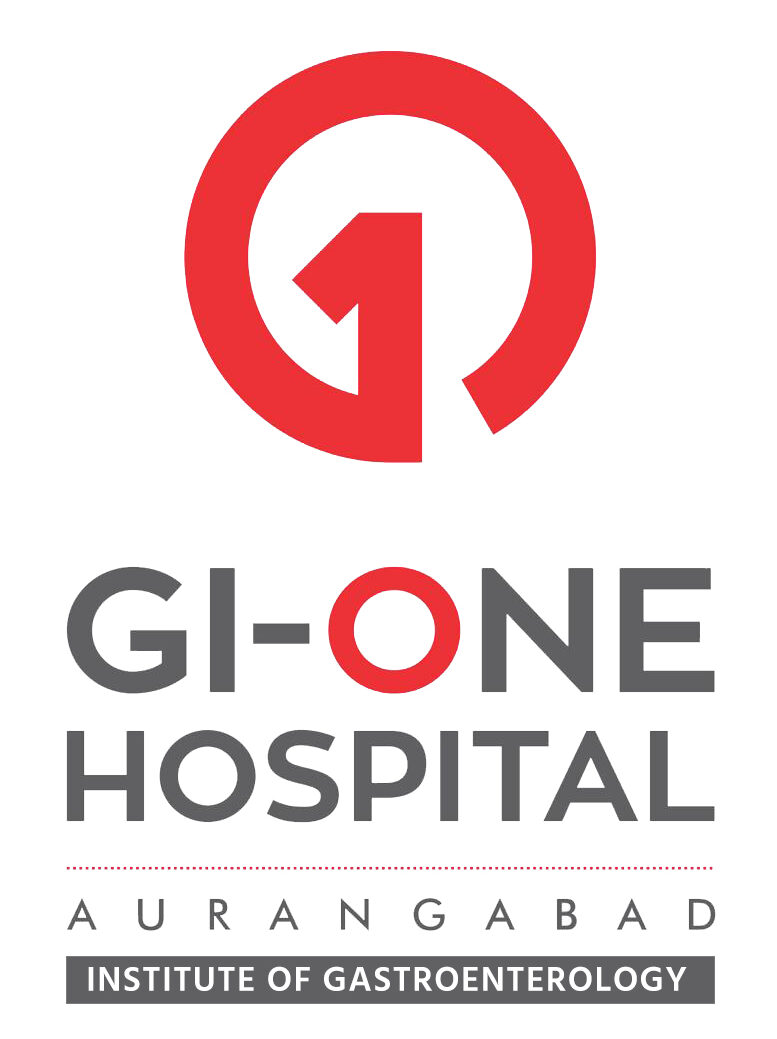POEM (Peroral endoscopic myotomy)
The esophagus is a muscular tube that connects your throat to your stomach. With each swallow, the esophagus muscle contracts and pushes food into the stomach. These rhythmic contractions are called as peristalsis. At the lower end of the esophagus, a valve (a special sphincter muscle) remains closed most of the time except when swallowed food or liquid is needed to move down in stomach. Achalasia cardia is a primary esophageal motility disorder of unknown cause that is characterized by the incomplete relaxation of the lower esophageal sphincter along with an absence of peristalsis, making swallowing difficult. Traditionally it was treated with endoscopic dilatation or surgical myotomy. Peroral endoscopic myotomy (POEM) has evolved and emerged as safer, alternative to traditional myotomy for the treatment of all achalasia subtypes and other spastic esophageal disorders.
Who needs POEM
Patients having achalasia cardia and spastic esophageal disorders not responding to medical therapies (e.g., diffuse esophageal spam, nutcracker esophagus). These are diagnosed in patients having difficulty in swallowing, chest pain, recurrent cough or regurgitation.
Preparation
Before your procedure, you will need to follow specific preparation instructions. You may only have a liquid diet for two days prior to the procedure and not to eat or drink for 12 hours prior to your procedure. This ensures that your esophagus is clear of food products. You may be asked to temporarily stop taking some medications, such as those that affect blood clotting or interfere with sedatives, before the procedure. Also inform doctor about any allergy or current health illness.
Procedure
This procedure is usually done under general anesthesia. You may be asked to wear a plastic mouth guard to hold your mouth open. The endoscope is then gently inserted into the upper esophagus. An initial incision will be made in the internal lining of the esophagus. This permits entry of the endoscope to within the wall of the esophagus, where the muscle will be exposed. The inner layer of the muscle near the lower esophageal sphincter will be cut (this is termed myotomy). At the conclusion of the procedure, the esophageal incision will be closed with standard endoscopic clips. Procedure will take around one to one and half hour to complete. Once the procedure is finished, you will be kept in recovery room for observation.
Side effects
Gas-related events, such as pneumomediastinum and pneumoperitoneum, are common and are an expected occurrence of the procedure. Serious events are, tension pneumothorax and tension pneumoperitoneum, mediastinitis, abscess formation and hemorrhage that requires transfusion.
Alternative test/option
Peroral endoscopic myotomy (POEM) has evolved and emerged as safer, alternative to traditional laparoscopic heller’s cardiomyotomy for the treatment of all achalasia cardia subtypes and other spastic esophageal disorders.

